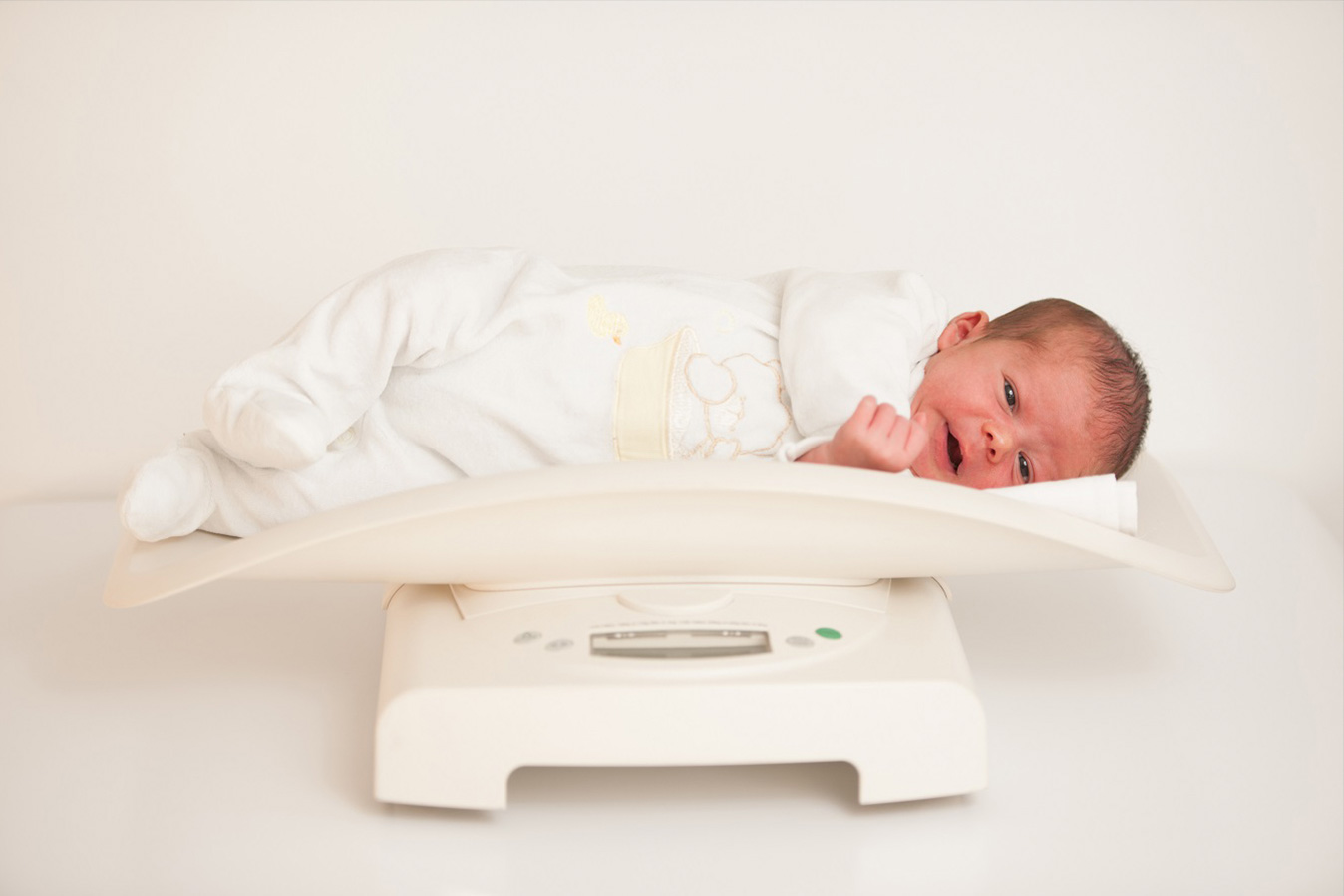Climate change may pose a risk to Australians’ reproductive health with new research showing a link between extreme bioclimatic exposure during pregnancy and babies’ birthweights for gestational age.
The large-scale Curtin University study examined more than 385,000 pregnancies in Western Australia between 2000 and 2015, from 12 weeks prior to conception until birth.
Researchers focused on the relationship between low and high birthweights for gestational age and a person’s outdoor heat or cold (biothermal) stress exposures during pregnancy.
The study used the Universal Thermal Climate Index (UTCI) to measure bioclimatic exposure before and during pregnancy and the risks of being born too small or large for gestational age.
It found exposure to low and high biothermal stress during specific times in pregnancy appeared to be linked to a higher risk of babies being smaller or larger for their gestational ages at birth.
Average biothermal exposure was between 8.1 and 30.0 degrees Celsius, a range that indicated slight cold stress and moderate heat stress on the UTCI scale.
The study found extreme biothermal exposures – 1st percentile (cold stress) and 99th percentile (heat stress) – as compared to the median or no thermal stress, seemed to be most associated with changes in birthweight for gestational age.
“A baby’s size at birth is strongly associated with mortality risk during the first year, with developmental problems in childhood and the risk of various diseases in adulthood,” said study lead Dr Sylvester Dodzi Nyadanu.
“These findings support our concerns that the risk of having a baby too small or large for its gestational age appears to increase with exposure to environmental conditions that cause biothermal stress in the latter stages of pregnancy.”
Subpopulations found to be at higher risk of abnormal foetal growth due to exposure to biothermal stress included non-Caucasian people, male births, pregnancies in those aged 35 and above, those in rural areas, and those who smoked during pregnancy.
The study is part of growing evidence of climate change’s threat to reproductive health by exacerbating heat or cold waves, vector-borne diseases, natural disasters such as cyclones, floods, droughts and wildfires, food and water insecurity, Dr Nyadanu said.

“Thermal stress exposures increase dehydration and induce oxidative stress and systemic inflammatory responses, leading to adverse reproductive and foetal health outcomes.
“Our research adds to the growing collection of observational studies reporting on maternal exposure to ambient temperature and pregnancy outcomes such as pregnancy complications, preterm birth, stillbirth, and low birth weight.
“Pregnancy is a vulnerable period for climate change and so any climate care intervention is reproductive healthcare.”
‘Critical windows of maternal exposure to biothermal stress and birth weight for gestational age in Western Australia’ was published in Environmental Health Perspectives.









